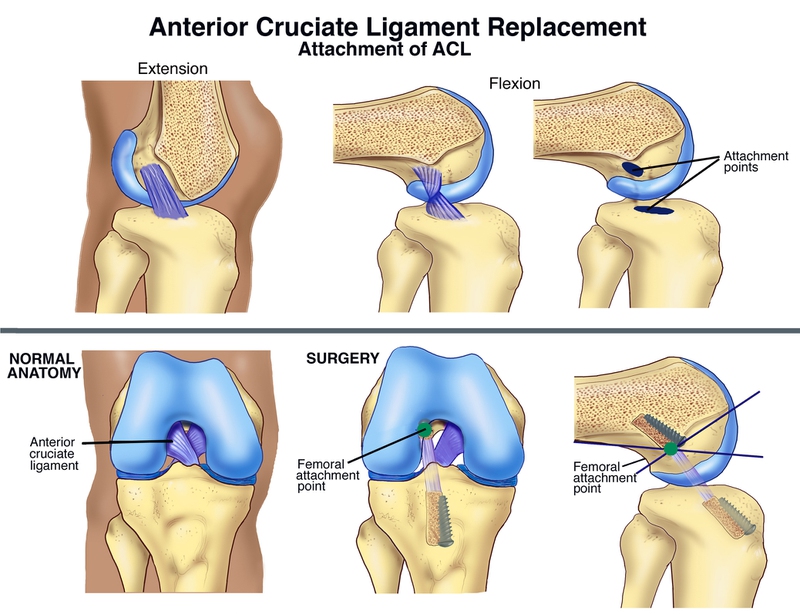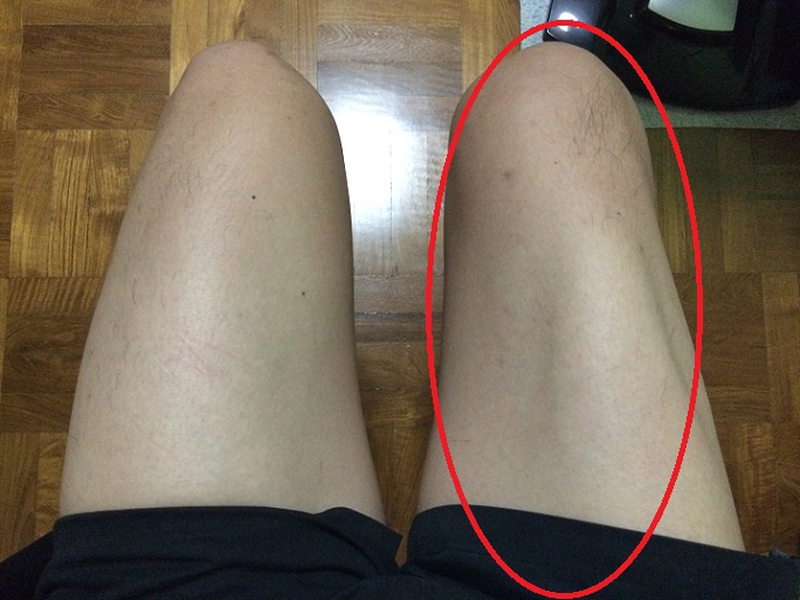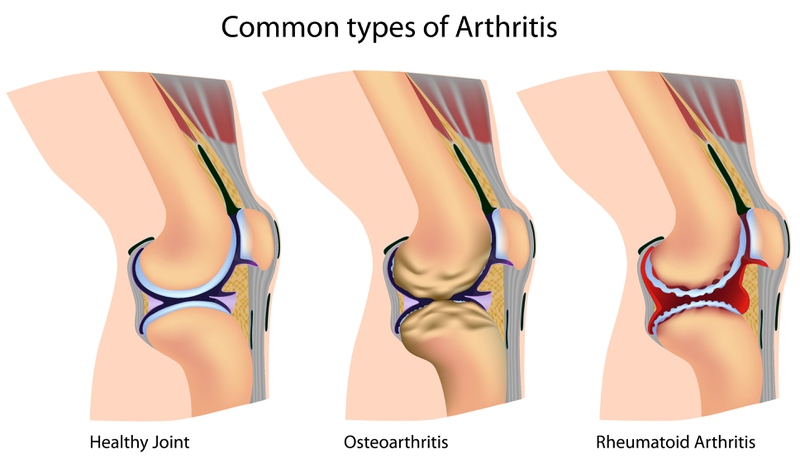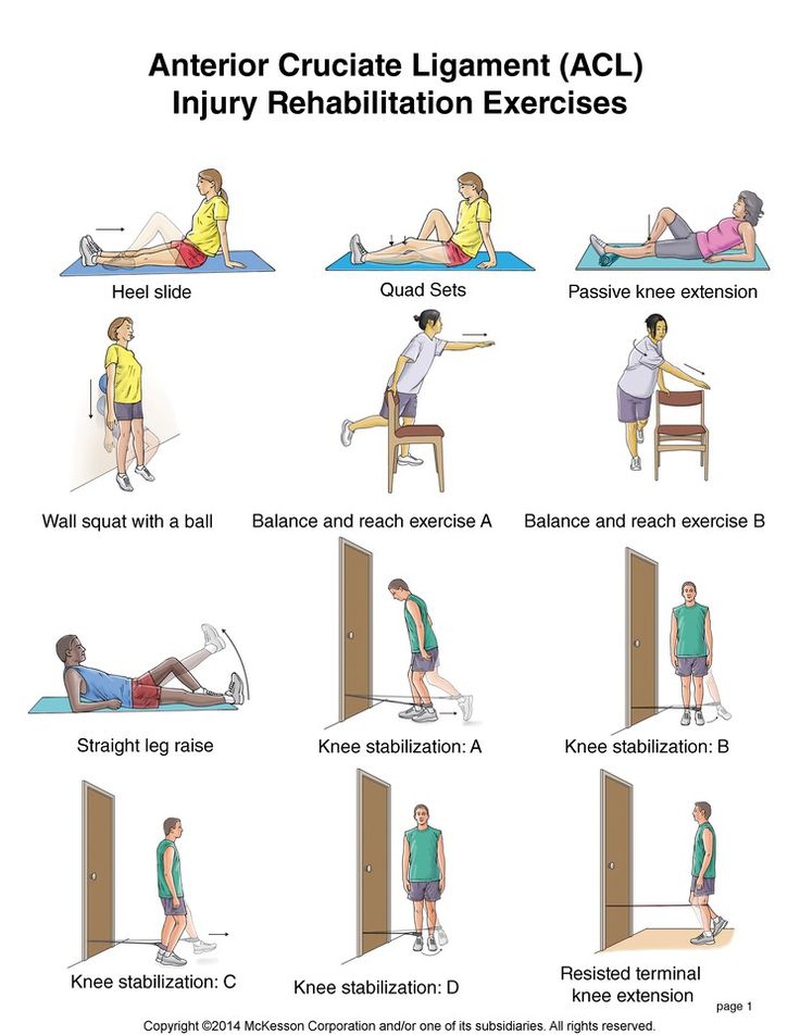ACL surgery or surgery for anterior cruciate ligament is injuries done by making small-scale incisions or cuts around your knee and slotting in surgical instruments via them. This surgery is used to reconstruct or repair the anterior cruciate ligament. You'll experience some pain afterwards because swelling will happen. Pain after ACL surgery will most likely occur to the newly grafted region and/or in the entire knee. The pain is generally bearable, and with passage of time, the ache gradually disappears as you take proper measures.

Why Are There Pain After ACL Surgery?
Infection
Infection-induced pain after ACL surgery is quite rare, and usually starts as a tingling that might shoot up. Inflammation, swelling and/or seepage from the incised area may also occur. Treatment options include repeating the surgical process to sterilize the infected area, having intermittent infusions of intravenous antibiotics, and placing a fresh graft after discarding the infected one.
Blood Clot
Pain within one month of an ACL surgery could be caused by clotting of blood in the lower section of your leg, which ultimately leads to swelling or redness. The chances of blood clotting increase in those who’re genetically predisposed to clotting disorders like DVT (deep vein thrombosis) or pulmonary embolism. If a blood clot is suspected, contact a physician without delay.
New Injuries
As you gradually recuperate after the surgery and start to move around as before, there is a possibility of suffering from fresh wounds or injuries. The affected knees are really vulnerable, so you need to consult your surgeon if any unusual new pain occurs as you convalesce.
Late Pain
Slashing the anterior cruciate ligament or ripping it apart affects you greatly and requires a good deal of time and efforts to recover. You might feel pain at the back of your kneecap even a few years after the surgical treatment. This type of pain usually starts from the injured or dented cartilage on the patella or occurs due to inappropriate movements of the kneecap. Wearing braces often provides you relief.
How to Soothe Pain After ACL Surgery
Cold Therapy
Cryotherapy is a time-honored treatment technique for alleviating postoperative pain. Cold therapy can bring down the production of prostaglandins, bradykinins or histamines and desensitize pain signals flowing along the neurons. Conventional cryotherapy methods usually use ice packs, but modern techniques that entail circulating chilled fluid via a wrap or drape are relatively more effective.
Medications
To alleviate pain after ACL surgery, your surgeon may prescribe you one or more NSAID analgesics including ibuprofen, tramadol or naproxen. For acute pain, oxycodone or Tylenol may be prescribed. Actually in most cases OTC drugs are just more than enough for obtaining relief from short-lived pain or swelling. The pain generally subsides in a few weeks.
Note: The neural path through which the pain signals traverse might be blocked during the surgery, which means the nerves have become immune to pain. However, you should continue taking the analgesics as the pain-deadening effects of the blocks may become weak gradually.
Physical Therapy
Physical therapy can help to relieve pain, like using a TENS device (using electric current to stimulate the nerves for therapeutic purposes), exercising regularly and massaging the affected area.
Besides, your therapist may prescribe you a set of exercises in order to fortify the muscles, tendons and tissues in the knee area, offer greater mobility, and enhance blood circulation. This set of exercise should give you the chance to kneel, twist, squat or jump.
Use a CPM Machine
The postoperative period might be more tormenting compared to the day on which the surgical process is performed. As the effect of the medications offered during the treatment tapers off gradually, the pain will start affecting you adversely. Make optimum use of the CPM (continuous passive motion) machine once you go back home and gradually heighten the motion range of the equipment in accordance with your pain. Stay within the range of 40 degree and don’t jack up the motion abruptly which might be more painful.
Other Treatments
As long as you’re in the hospital, you have to put on compression stockings or socks.
Following your discharge from the hospital, you have to wear these stockings during night to prevent blood from clotting as well as reduce achiness in the lower limbs.
Application of topical creams containing menthol, capsaicin or salicylates can go a long way in soothing pain.
Others' Experience in Alleviating Pain After Surgery
“I consulted my surgeon and he was thinking of prescribing me with a stronger Vicodin dose in the belief that this medication will be more effective”.
“For my patients, I will suggest they try relaxation techniques, biofeedback, meditation or listening to music. Progressively, after injuries have healed considerably advanced therapeutic processes like water therapy, whirlpool, and hot tubs will be suggested."
I think it's vital to straighten your knee prior to retracting or bending it. Try to keep your knee in a raised position in a straightforward manner and avoid wrapping the area around a pillow”.



View All Comments /Add Comment